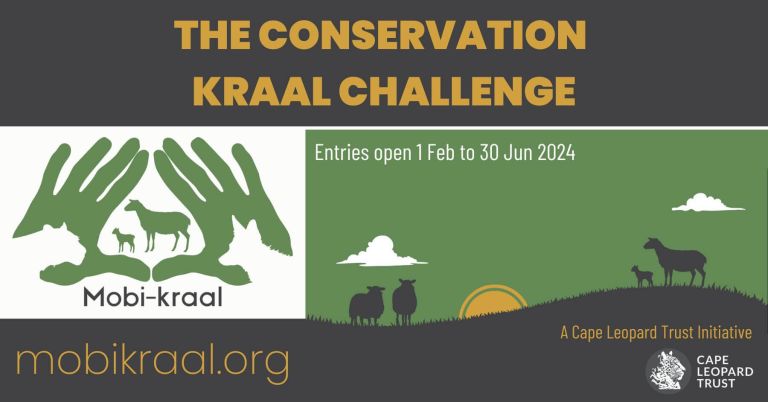Dr Quinton Martins was the co-founder and former CEO of the Cape Leopard Trust. Quinton's work began with guiding and managing safari camps in Botswana, which naturally evolved and led him on to research work in Central Africa. During this time Quinton was fortunate enough to track, observe, photograph and work with many leopards and it is here that his passion for these elusive creatures was born.
Quinton began his study of leopards in the Cederberg Mountains in 2003. Hiking in these majestic and rugged mountains, he found signs of leopards, but was shocked at how many were being needlessly killed. He realized this had to change, and that much more than pure research was necessary to foster a greater understanding of leopards and advocate for peaceful coexistence.
He sold everything he owned, including his cameras and his car, to fund his work, hitching lifts to the Cederberg and staying in sponsored accommodation at Oasis backpackers, making every moment count. It was a challenging time, but despite the hardships he didn’t give up.Quinton received his first financial support when he met Johan van der Westhuizen, a landowner from the Cederberg. It was at that point that he realised that other people might be interested in funding the work he was doing. The literature on the leopards in the Cape mountains was almost non-existent, and this was the motivation for Quinton to find out where leopards still survived and how he could protect them.
With Johan van der Westhuizen as co-founder, and the support of Dr Andrew Baxter, The Cape Leopard Trust was formalized in 2004. A successful fundraising event followed, in which Leopard’s Leap Family Vineyards and Rand Merchant Bank Fund pledged their support. Since then, the Cape Leopard Trust has gone from strength to strength, with core projects in the Cederberg and Boland. In addition, research areas include the Little Karoo around Calitzdorp and Ladismith, northern Cape Namaqualand region, and the Table Mountain National Park. The Trust also supports predator projects in partnership with the Animal Demography Unit (ADU) at the University of Cape Town, such as the successful work by Megan Murgatroyd on Verreaux’s eagles, and Elsa Bussiére’s brown hyena project.
Equally as important as scientific research is education and social development. Quinton’s wife Elizabeth, launched an environmental education project in 2009 to complement the research component of our work. Its focus is to build bridges between landowners, farm workers and residents living on the urban fringe so that they can take ownership of protecting the natural environment and biodiversity within their immediate area. The project offers residential wilderness camps as well as outings and eco clubs to schools and youth groups to reconnect them with the natural world and to promote the importance of eco-system services. It is a successful model, which enables us to reach approximately 5000 youngsters a year, empowering them to become responsible global citizens and advocates for the environment.
The strength of the Trust is underpinned by a board of six carefully selected Trustees, chaired by Johan van der Westhuizen, and a Scientific Advisory Board of zoology and carnivore specialists, chaired by Professor Bill Horsnell. The backbone of the organization is undoubtedly down to the incredible team on the ground, and all the partners and sponsors who have continued to support our work and make it possible for us to achieve as much as we do.
Along the way there are many special people who painstakingly, and against all odds helped to build the Trust into the organisation it is today. We thank you all.
We look forward to the future as we continue to make history, and a difference.


















